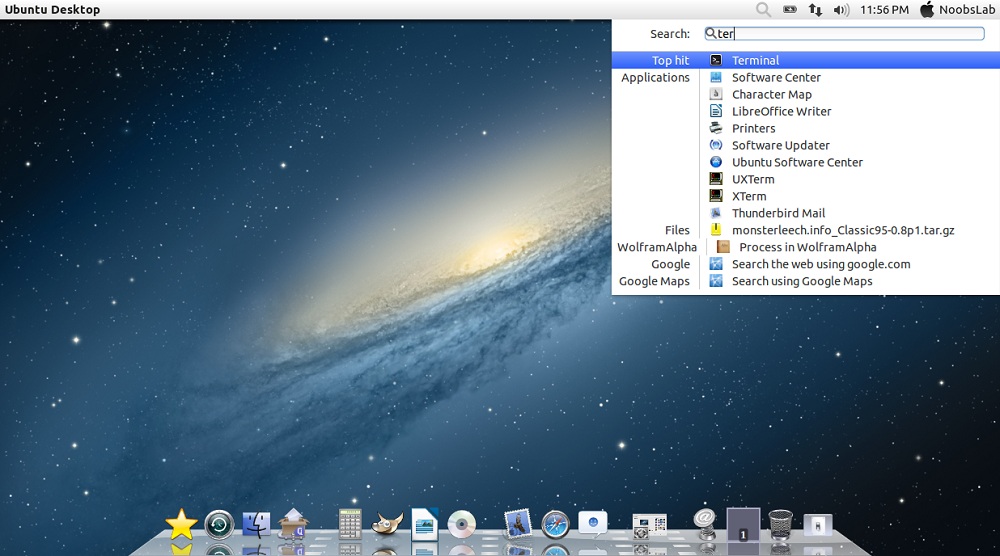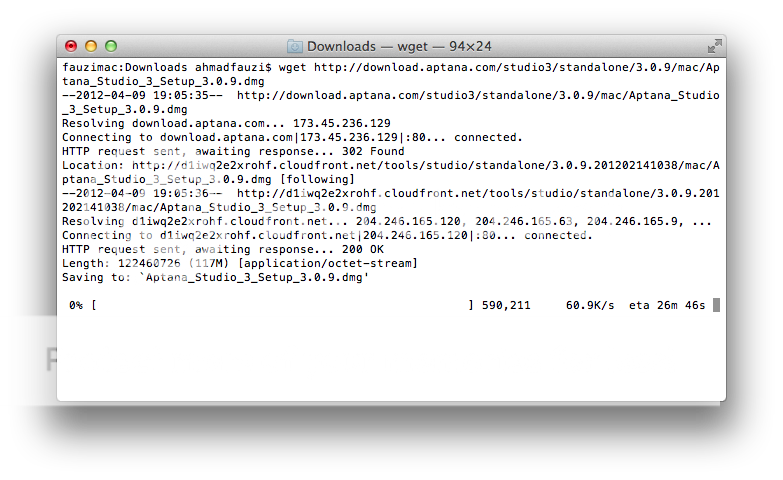

You can pick whichever one you want from the directory if you want a different version) (sidenote: a new version of wget may be available, version 1.16.3 (wget-1.16.3.tar.gz) has been confirmed to work in OS X El Capitan and OS X Yosemite, 1.15 is confirmed compatible with OS X Mavericks, while 1.13.4 has been confirmed compatible with OS X Mountain Lion. Or to use an older version (prior versions of OS X)

If you need a refresher on using wget, we’ve got you covered with a guide on using wget.Moving ahead and assuming you have Xcode and the command line tools installed, launch Terminal and enter the following commands as shown.įirst, use curl to download the latest wget source:.Now type wget to make sure everything went smoothly.Once again you’ll be back at the macOS Terminal prompt.

Installing wget will take less time than it did to install Homebrew, so don’t go too far away.

Then copy and paste the following command into Terminal and hit return (Enter) on your keyboard:


 0 kommentar(er)
0 kommentar(er)
